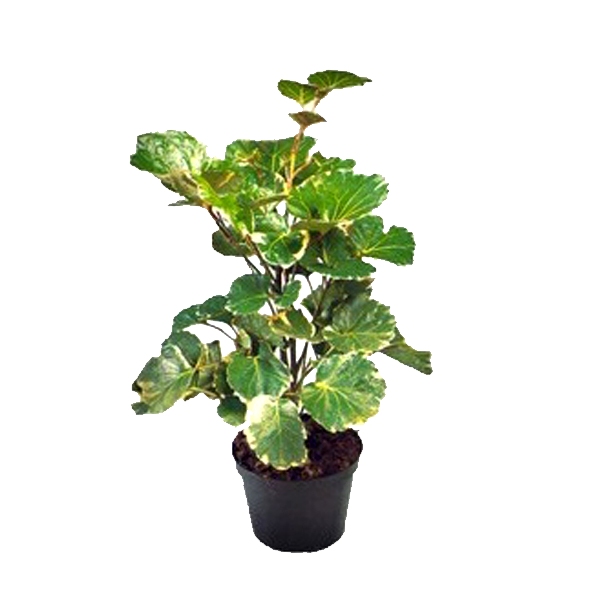This image is for reference purpose only, Photo May Slightly Different From Actual Item in Terms of Color Due to the Lighting During Photo Shooting or the Monitor's Display.
Arelia Plant
A low-maintenance houseplant, aralias require little specialized care and fare best in warm, humid rooms. Aralias are prone to infestation by various insects, so inspect them regularly for signs of bugs.
Light and Heat
No matter the species, aralia plants need light to mimic the tropical climate of their native Polynesia. Though they will survive under low light as they long as they have moist soil, they do best in medium or full sun when grown indoors, but should be planted in shady areas if placed outside. Aralias prefer temperatures between 60 and 85 degrees Fahrenheit, so keep them inside or move them indoors during the winter.
Watering
The thin, fine roots of aralias are subject to rot, so allow the upper half of the soil to thoroughly dry out between waterings. If grown under low light, they may need water just once or twice a month, so monitor the soil carefully. In the winter, the growth of aralias slows considerably and they require even less water. If conditions outside are wet, provide them with shelter or move them inside to prevent root rot.
Soil, Fertilizer and Pruning
When growing aralias, use a light, peat-based potting soil and place the plant in a small pot as a precaution against overwatering. This type of soil allows for proper aeration and drainage, preventing the plant's roots from becoming waterlogged. Feed aralias with a granular, controlled-release fertilizer with a high nitrogen content every other month. Prune the tips of aralia plants to promote the growth of new leaves and to help maintain its full, lush appearance.
Problems
Unfortunately, aralias are at risk of infestation by spider mites, aphids, mealybugs and scale insects. To keep mites at bay, prune and discard infested parts of the plant and rinse the aralia in the shower, washing away bugs. Scale insect can also be controlled by pruning and, for outdoor aralias, introduce natural predators like lacewings and ladybugs. For aphids, introduce parasitic wasps. Both ladybugs and parasitic wasps will help keep mealybugs away, as will commercial pesticides.
Arelia Dinner Plate
- Live plant along with plastic pot
- plants height with pot is 1 feet and pot size is 5 icnhes diameter.
- plants nature is indoor, semi-shade, less watering
- Useful for hedges, ground cover, garden plants
- Best flowering and aromatic plants & beautiful leaves, hardy and easy maintenance
